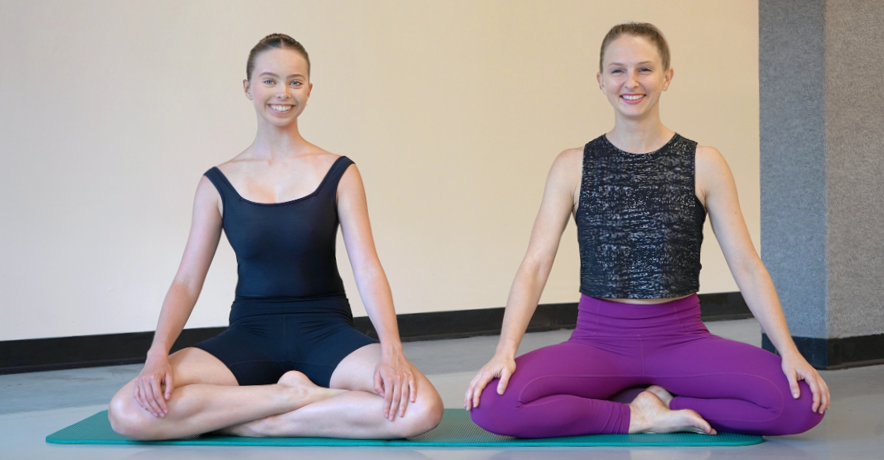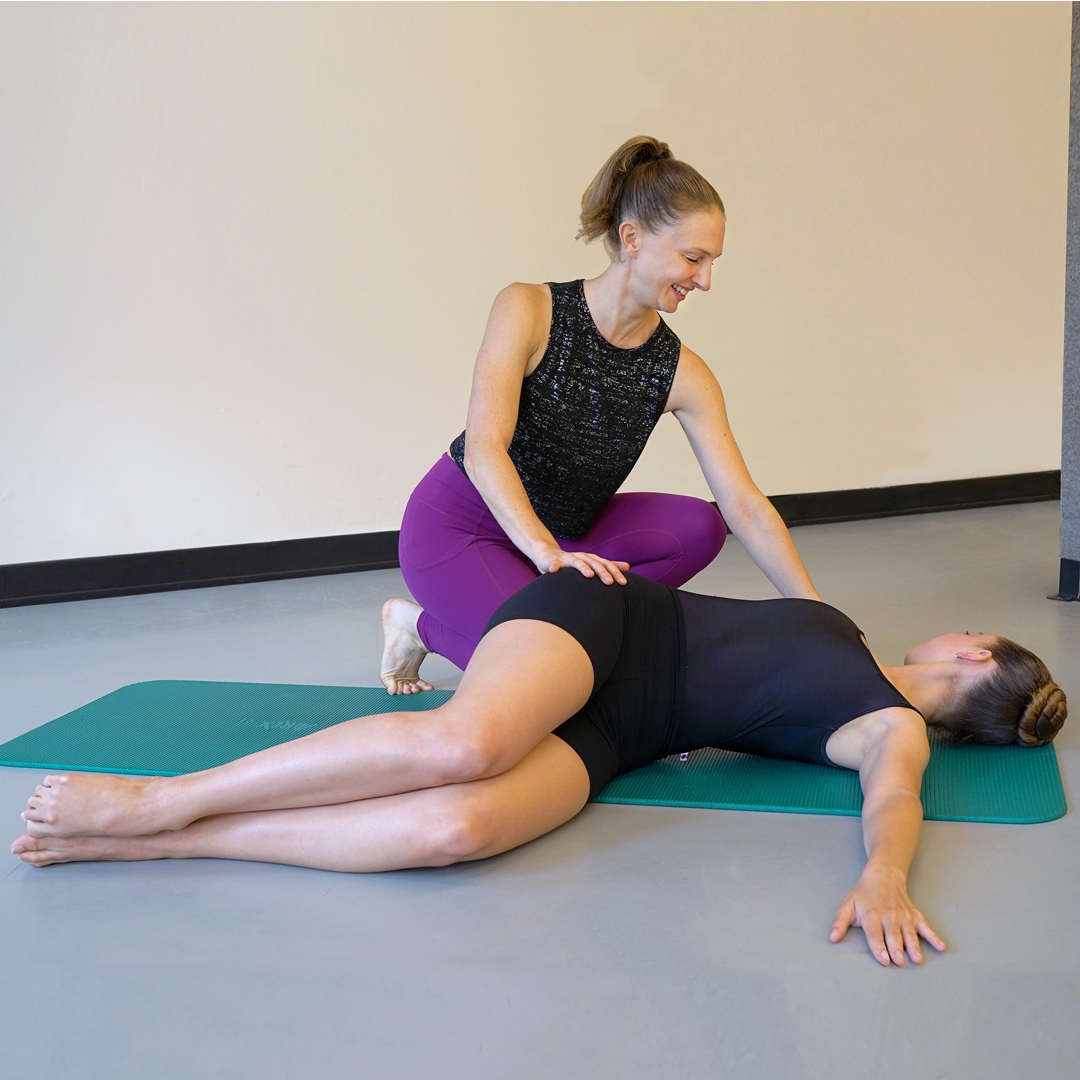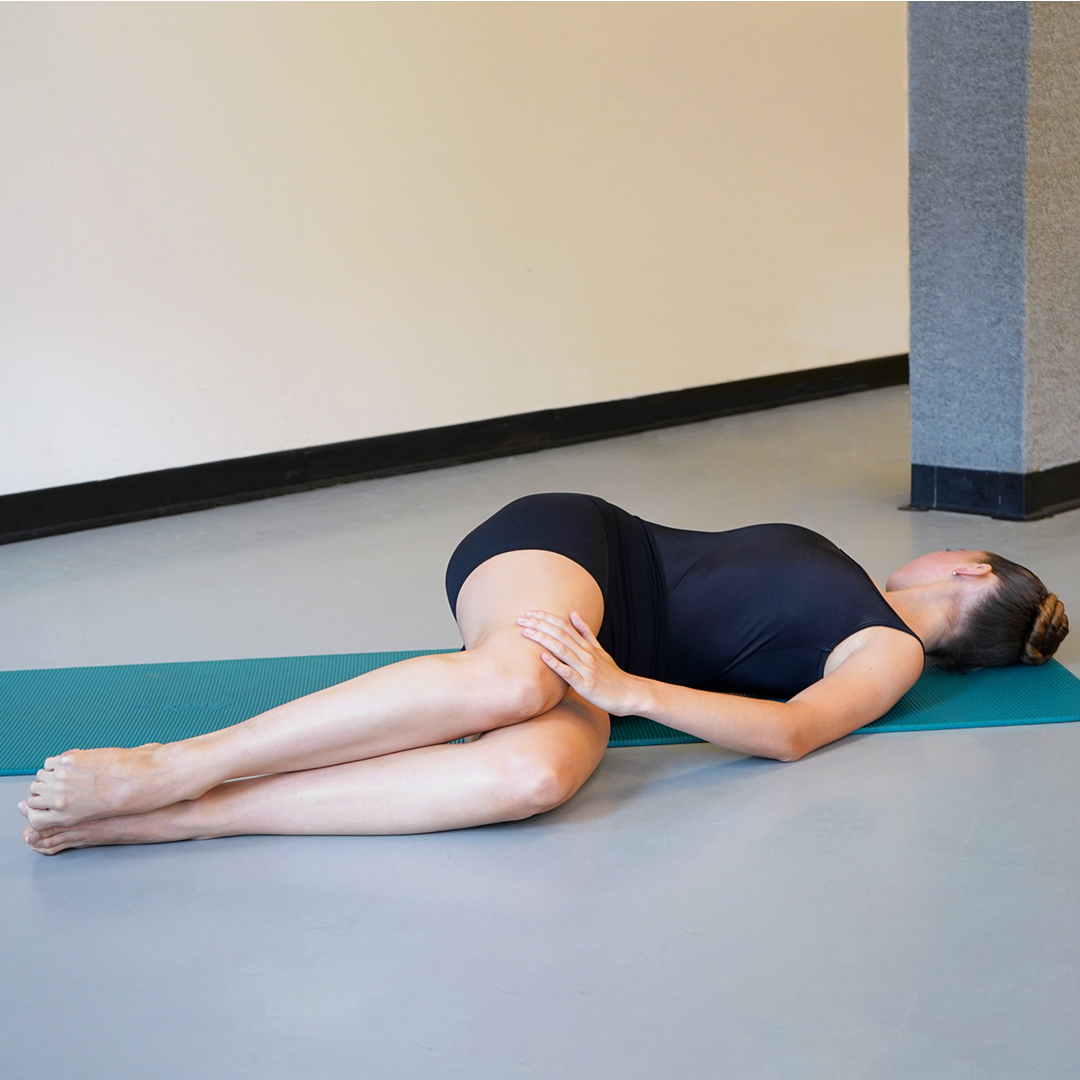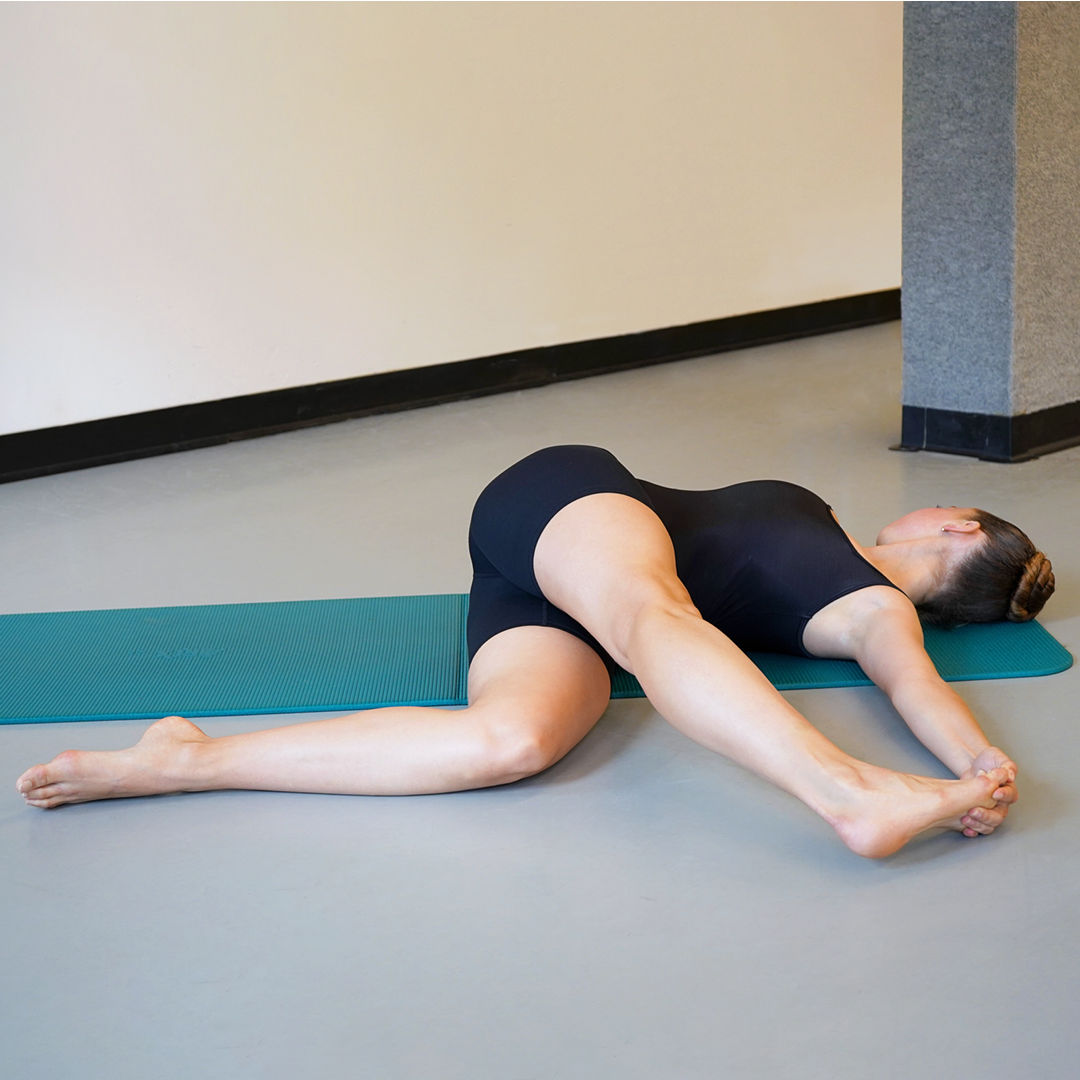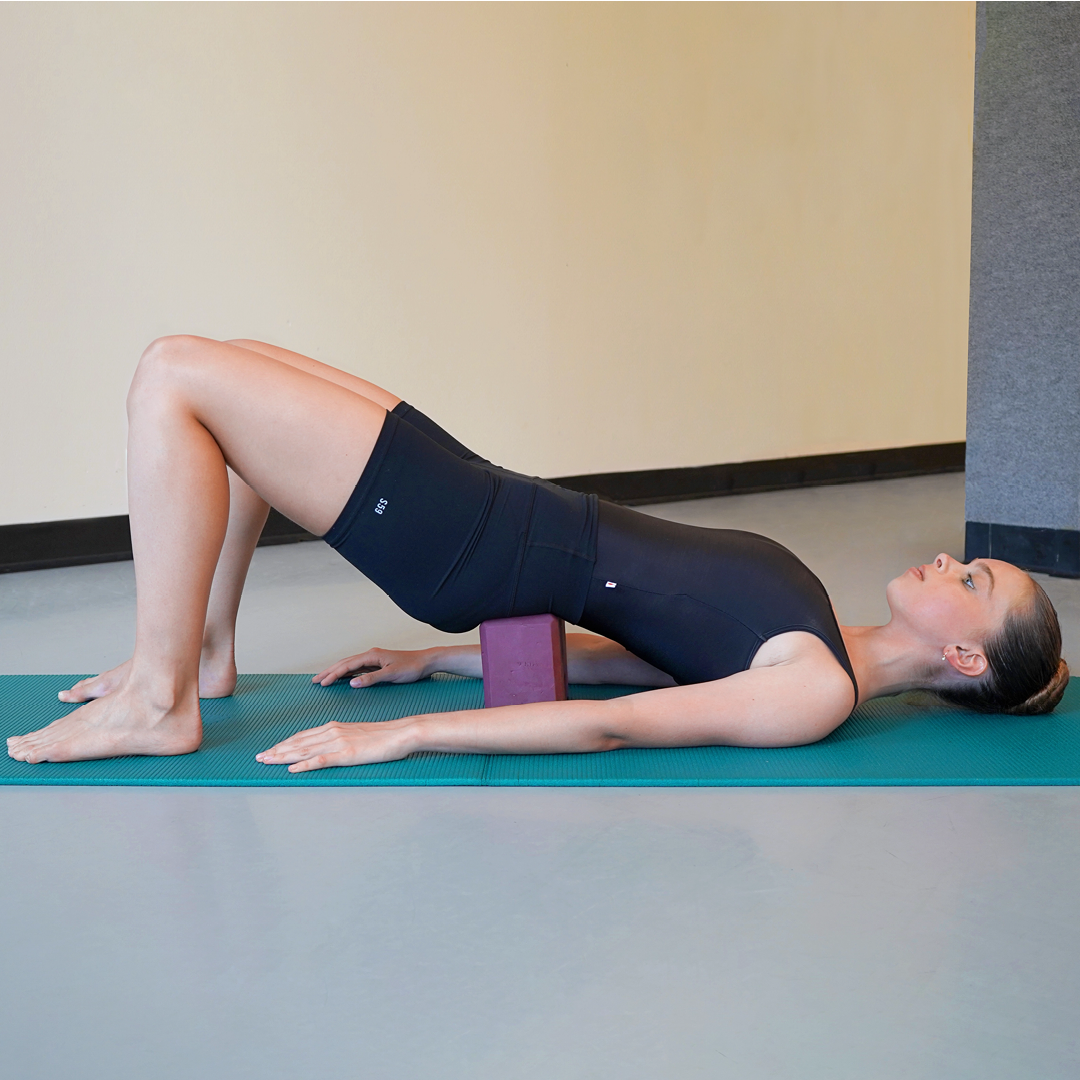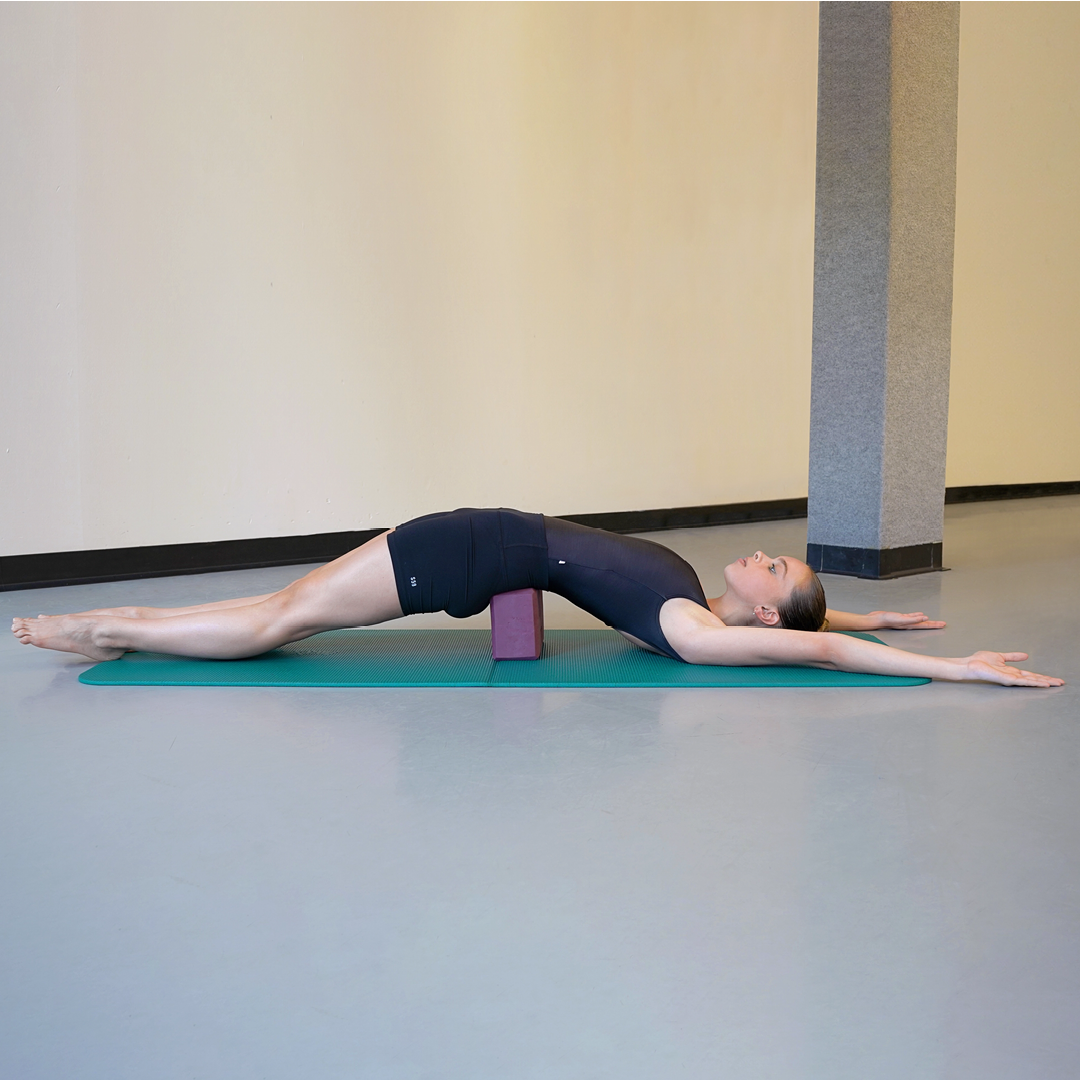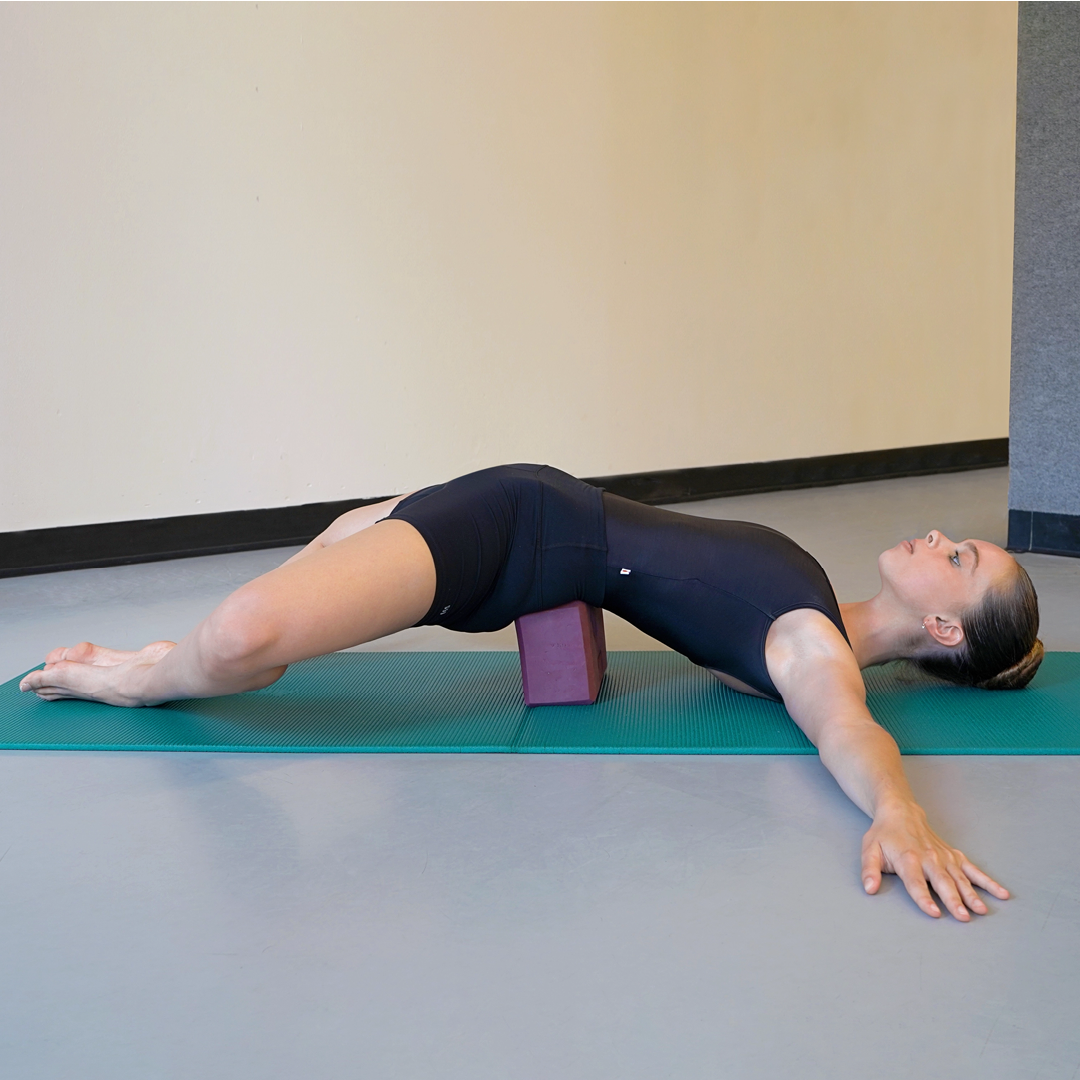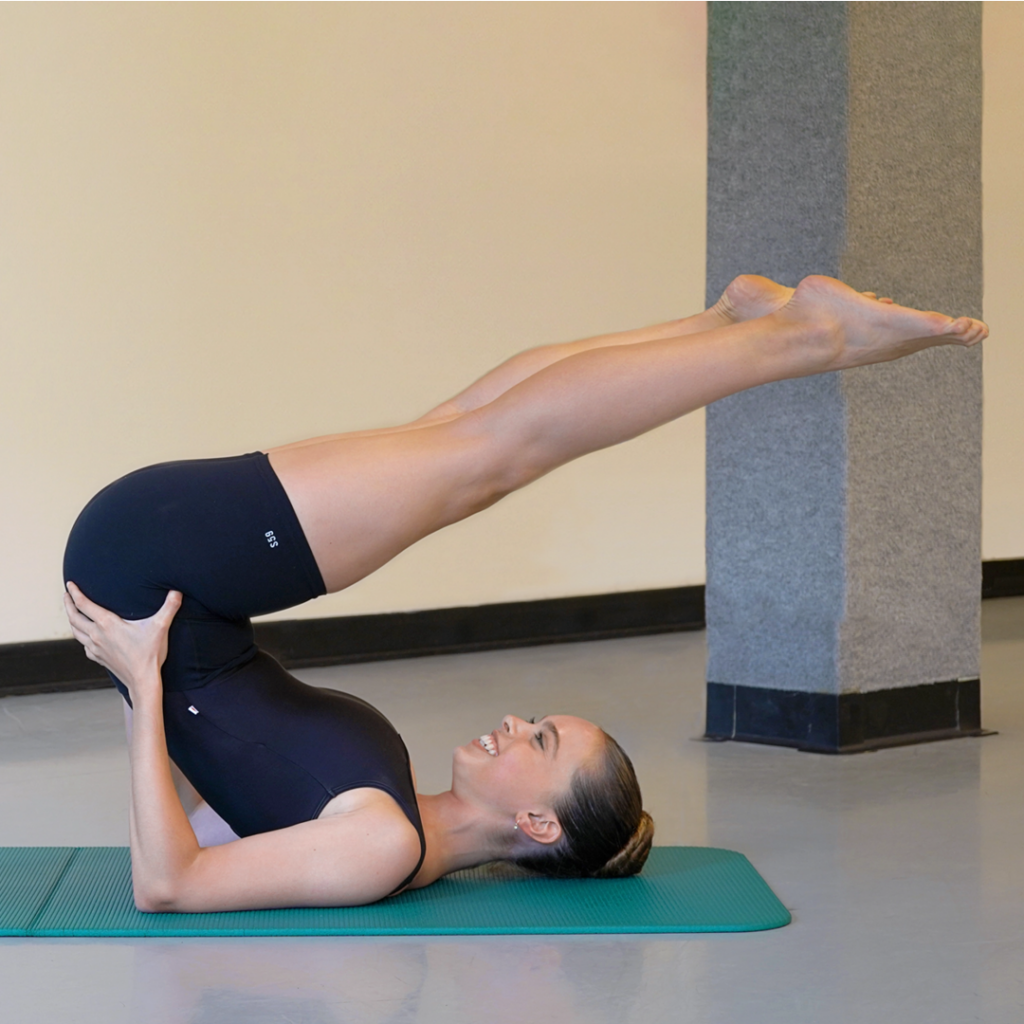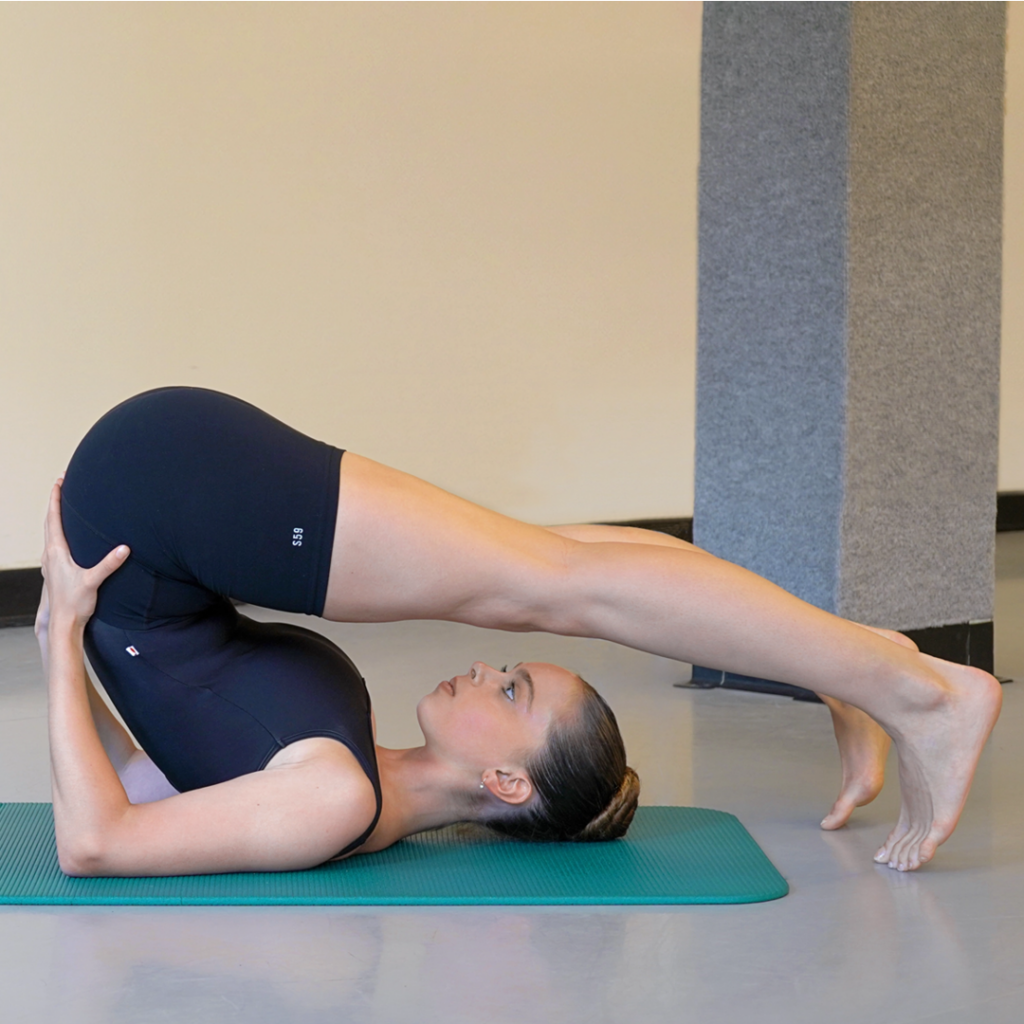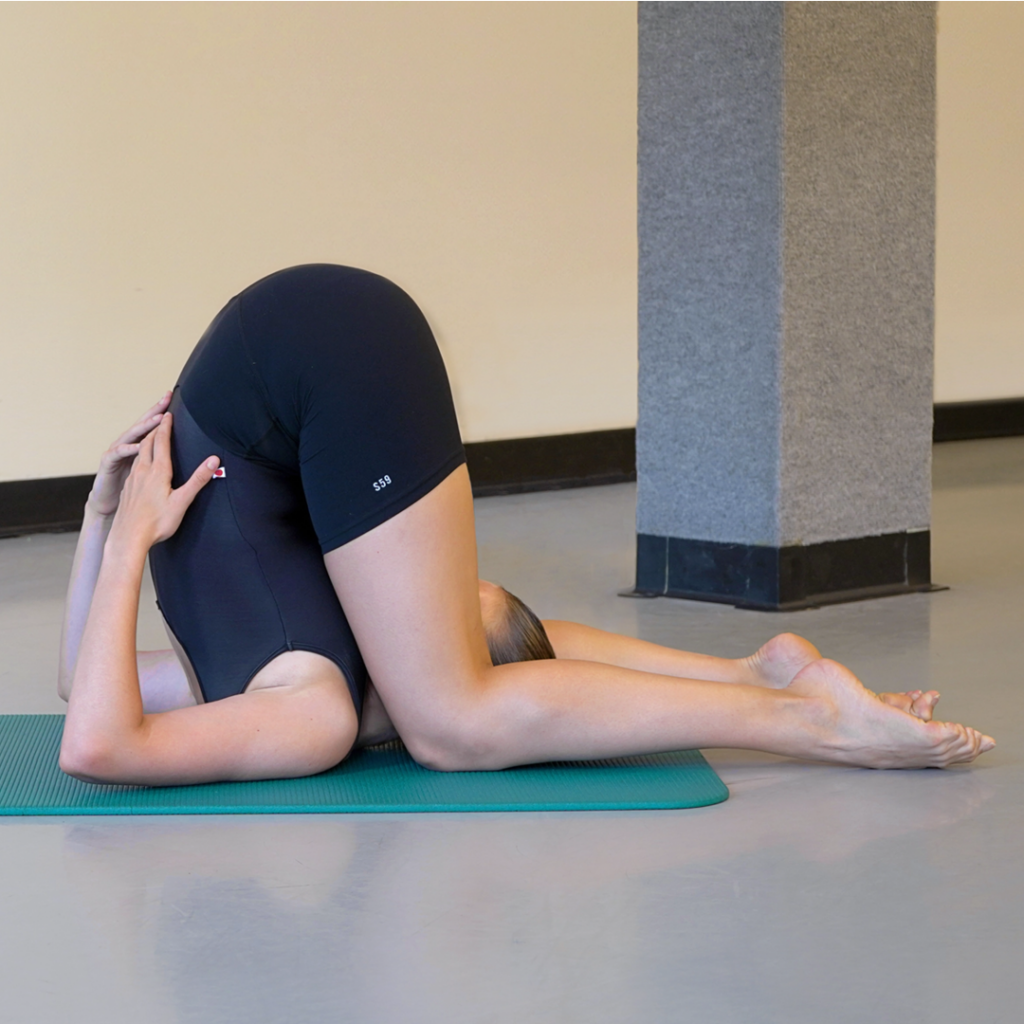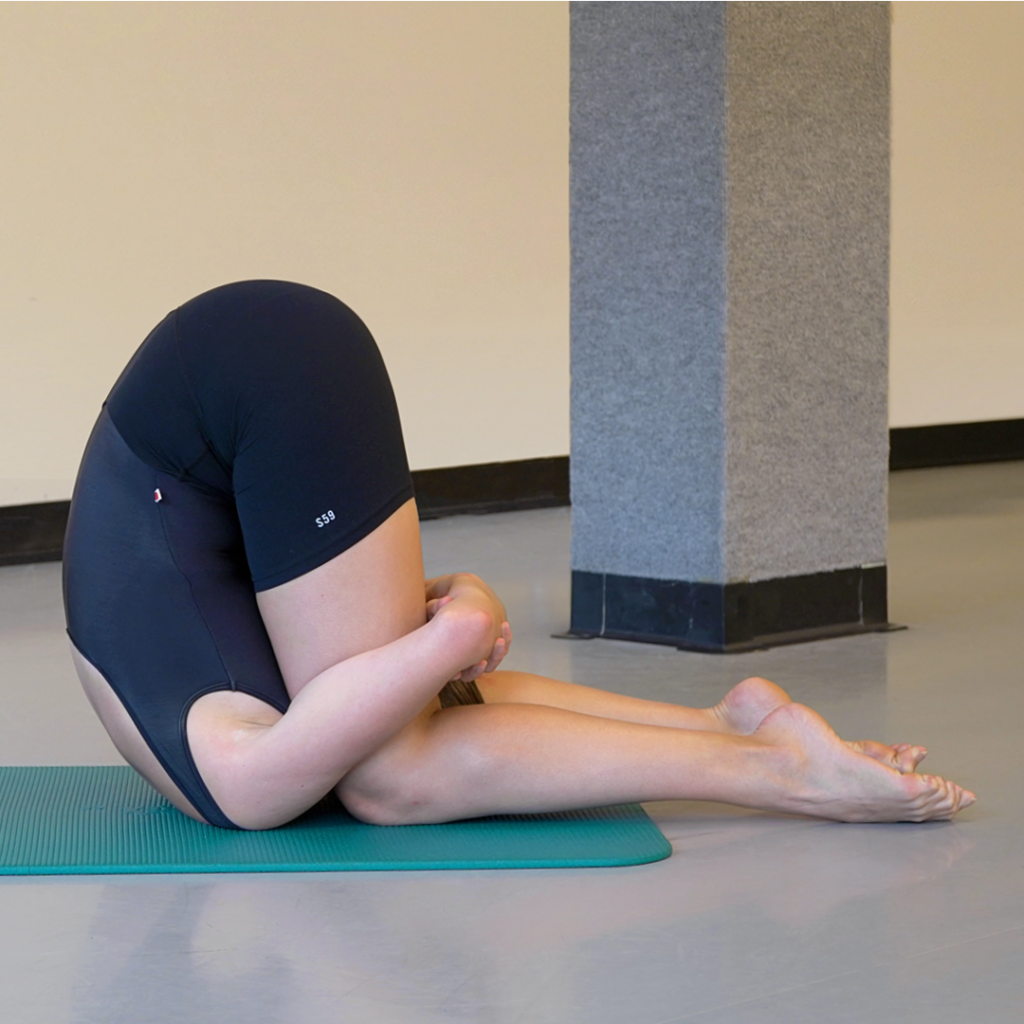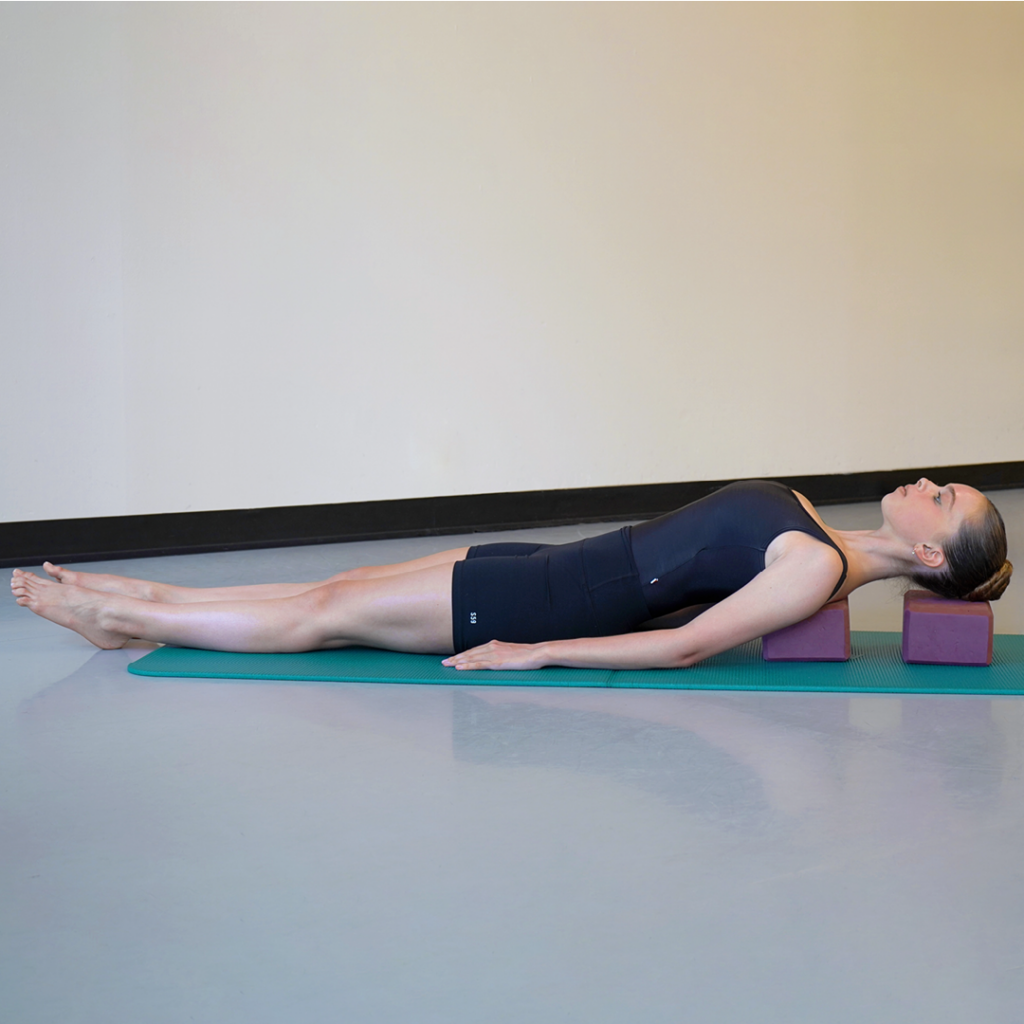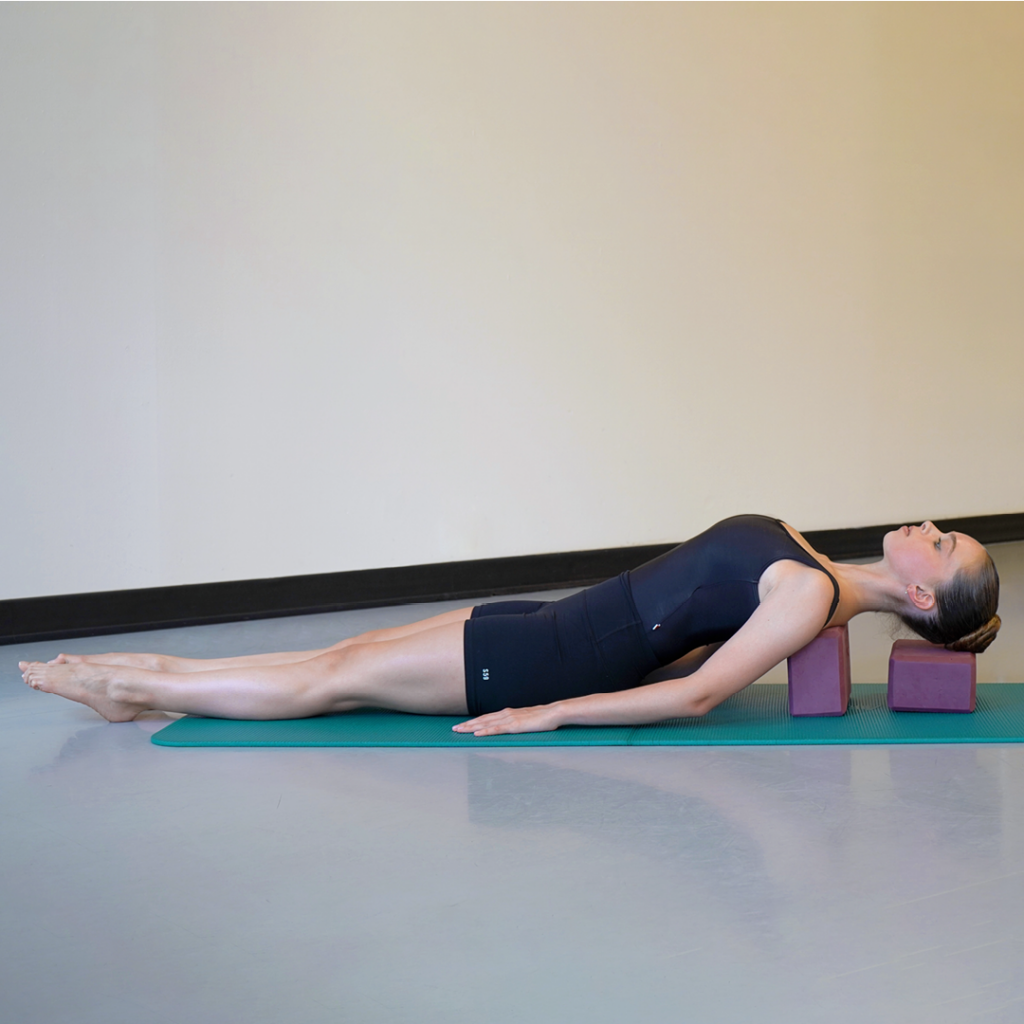Restorative Yoga Poses to Recharge Your Body
As your dance schedule ramps up, your body may need some extra care. Restorative yoga can provide rest and gentle cross-training. “Ballet dancers tend to put their bodies through extreme physical exertion and stress, so restorative yoga is a relaxing, calming way to offset that,” says Bridget Bose, a dancer and certified yoga instructor.
Restorative yoga can help ease common areas of tension, such as the back and hips, and can be combined with physical therapy or personal training to keep you dancing at your best.
Throughout the exercises below, Bose suggests thinking “Let” as you inhale and “go” upon exhaling.
You’ll need:
- two blocks
- yoga mat
- small towel or piece of soft clothing
Supine Spinal Twist
- Lie on your back on the mat.
- Inhale and hug your knees into your chest.
- Exhale as you drop your knees to one side.
- Stretch your arms out to your sides, overhead or wherever they feel comfortable.
- Turn your head to the opposite side, looking away from your legs.
- Take 3–5 breaths.
- Return to your starting position.
- Repeat on the other side.
Tips: Try positioning your arms as described above, then finding your ideal position by moving your knees up and down until your lower back feels most relaxed. For an added stretch, extend your top leg while lying on your side and hold your toes.
“Think of twisting through each part of your spine equally, or from your tailbone all the way up to the top of your head,” says Bose.
Supported Bridge
- Lie on your back with your feet flat on the floor and knees bent. Keep your heels approximately a hand’s distance apart from your hips. Place your hands by your hips, palms down.
- Roll up slowly through your vertebrae, lifting your hips off of the mat, and press into your feet and hands.
- Place the block under your sacrum.
- Roll your hips down to rest on the block.
- Stretch your arms and legs long or bring the bottoms of your feet to touch, based on your preference.
- Hold for 3–5 breaths.
“This is an excellent reset for your lower back,” says Bose. “Exercises like arabesque and cambré tend to clench and compress a lot of the lower back muscles. The block helps to make more space in the low back.”
Plow Pose
- Start flat on your back.
- Use your core to bring your knees overhead until your feet are behind your head.
- Slide your arms under your hips and place your hands on your lower back, bending your elbows at a 90-degree angle.
- Keep your body in a deep “C” curve with your chin compressed to your chest.
- Hold for 3–5 breaths.
Variations:
- Intermediate: Lower your feet to the floor after step 3.
- Advanced: After step 3, bend your knees and place them by your ears. Wrap your arms around the backs of your knees.
Tip: Keep your core engaged.
“This pose is using gravity to help stretch out all of the muscles that go along the spine and help you to stand upright,” Bose says.
Supported Fish
- Begin lying on your back, with your feet flat on the floor and knees bent.
- Lift up to a partially seated position.
- Place one block under your head and the other beneath your shoulder blades.
- Lie back down.
- Position your arms and legs wherever feels comfortable.
- Hold for 3–5 breaths.
Tip: Adjust block height to increase or decrease the stretch.
“Supported fish and plow pose go together,” says Bose, noting that the two are typically done consecutively to facilitate blood flow to the thyroid.
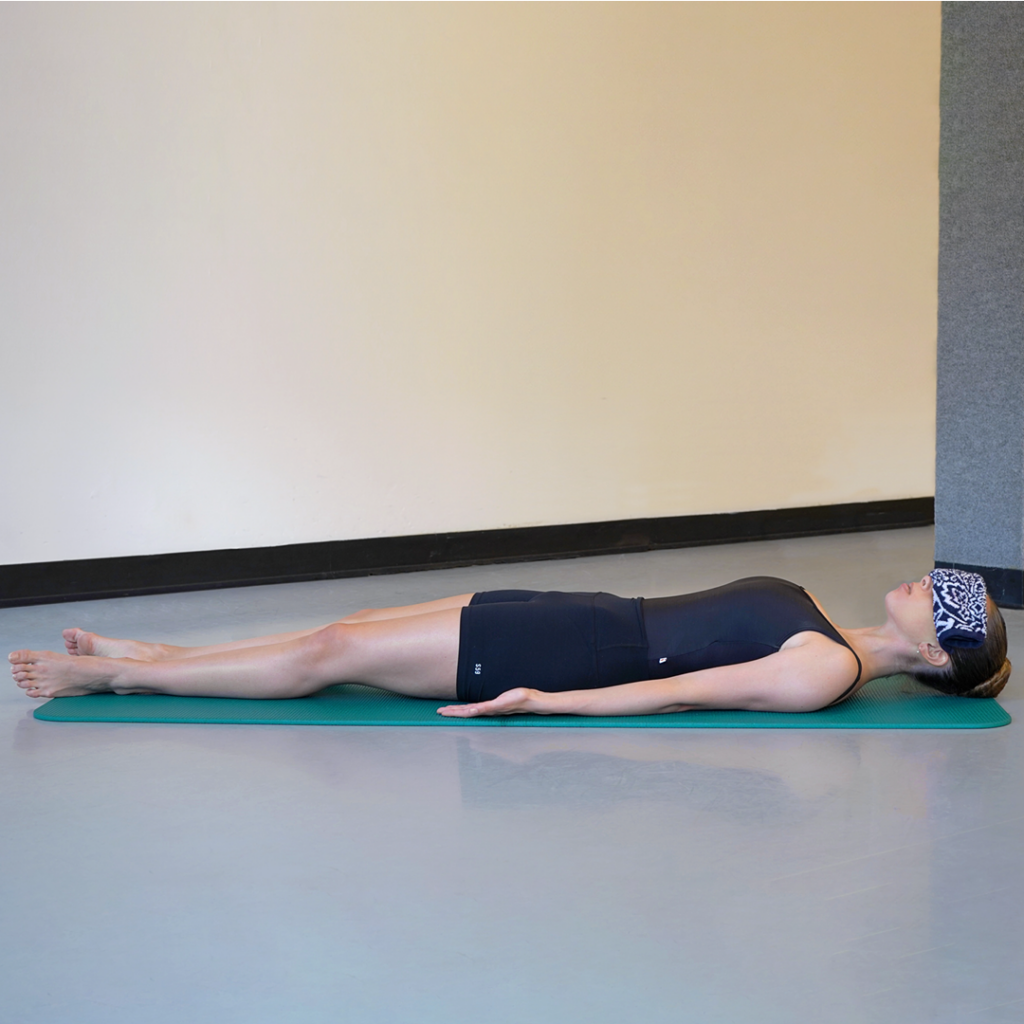
Savasana
- Lie on your back.
- Release your arms outward or by your hips, and keep your legs long and stretched. Allow your feet to relax, and open your palms toward the ceiling.
- Try to quiet your thoughts and simply rest.
- Hold for at least 3–5 breaths.
“Savasana is the ultimate resting pose,” says Bose. “Any amount of time you can spend there allows your body to balance out some of the chaotic energy that we tend to have in our daily lives.”
These exercises are not specific to your body’s needs. Consult a physical therapist or professional trainer for a customized training plan.
